Polarising filter - A practical filter in digital photography
Many photographers today no longer consider the polarising filter, which is still known from the age of analogue photography, to be necessary. After all, there is image processing that makes many contrast and colour optimisations possible even after the fact. Nevertheless, not all effects offered by a polarising filter can be simulated by image processing. This applies, for example, to the polarising filter's ability to soften unwanted reflections. In addition, the polarising filter can make the sky appear bluer and the green of the leaves more saturated, which is not always achieved so well by post-processing the images. Accordingly, polarising filters are still extremely useful in the age of digital photography. But how do they actually work, what should you look out for when using them and how can you find a suitable model? You will find answers to these questions in the lower section of the website.
How do polarising filters work?
Polarising filters are capable of rendering the green plant life or the blue sky in photos particularly rich and bright. In addition, they can minimise reflections on all non-metallic surfaces. This applies to glass panes, for example: instead of photographing your own reflection, you can photograph directly through it thanks to the filter and record what is behind it. The same applies to reflecting water surfaces.
However, it is always important that the object and light source are in an optimal position. Leafy green, clouds and sky blue have the most powerful and dynamic effect when the sun is at a 90-degree angle to the side of your subject. If the sun shines frontally or from behind, the filter effect is much less pronounced. The effect of the polarising filter is possible because only light from one plane of oscillation is allowed to pass through. The remaining light oscillating in all directions is blocked out. In this way, reflections on non-metallic objects can also be reduced.
What types of polarising filters are there?
A distinction can be made between linear and circular polarising filters. The designation indicates how the outgoing light is polarised. However, the actual filtering is always linear polarisation. With circular polarising filters, the only difference is that the linearly polarised light is additionally transformed into circularly polarised light by a ?/4 retardation plate. This means that exposure metering is not disturbed, nor is the operation of the autofocus, which is definitely an advantage. That is why circular filters are also more widespread than the pure linear models.
Special, particularly thin polarising filter variants are called slim filters. They are used to avoid unwanted vignetting that occurs when the filter edge shadows the lens on the side. Such shadows occur with normal polarising filters from a focal length of 16 millimetres on full-frame cameras. With APS-C sensors, this effect only occurs from focal lengths of 11 millimetres and less.
Tips for using the polarising filter
In general, it is advisable to opt for the largest possible filter mount when it comes to polarising filter size. You can then easily cover smaller lens openings by buying matching step-up adapter rings. Polarising filters differ significantly from conventional filters because of their rotating mount. Accordingly, you must first turn the filter to the required position to realise the desired effect. Only in this way can the polarisation grid be ideally adjusted to the current incidence of light. With a reflex camera, you can check the effect of the filter directly in the viewfinder. Turn the filter until the optimum effect is achieved and note the position with the help of the dial presented. After mounting the filter on the lens, you can then adjust it accordingly. Alternatively, it is possible to use the live image mode of the camera to check the filter effect there.
It is usually useful to take polarising filter pictures with a tripod. Then you have the opportunity to set up the subject in the viewfinder at your leisure and position the polarising filter disc correctly. In this way you can avoid any blurring caused by camera shake, which can result from the extended shutter speed. This is because the filtering removes brightness from the photographic situation, so that a longer exposure time is often unavoidable. Normally, the exposure time must be extended by one or two steps. Only in sunlight can you usually do without the use of a tripod without having to accept blurring due to camera shake.
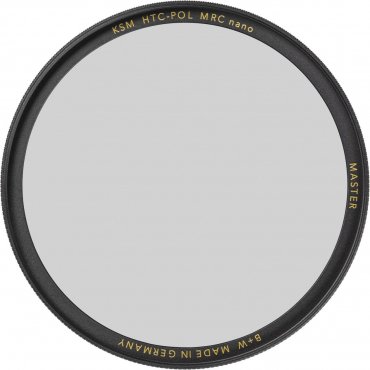
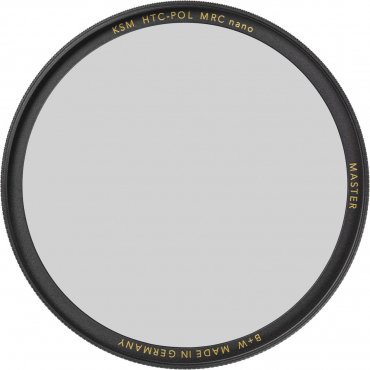
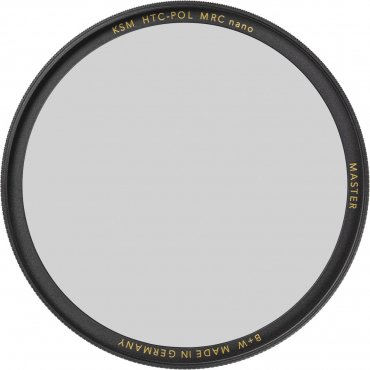
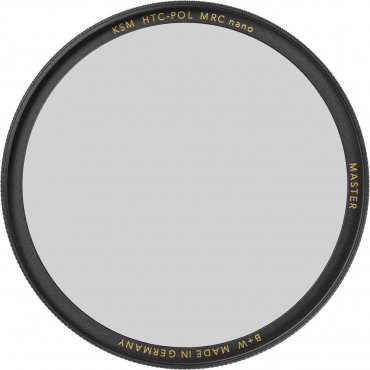

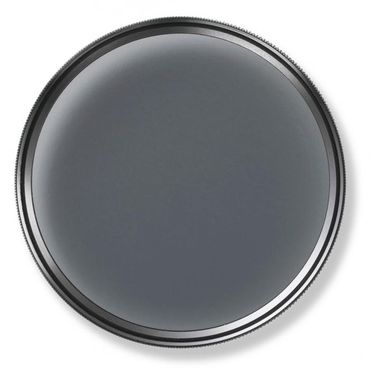


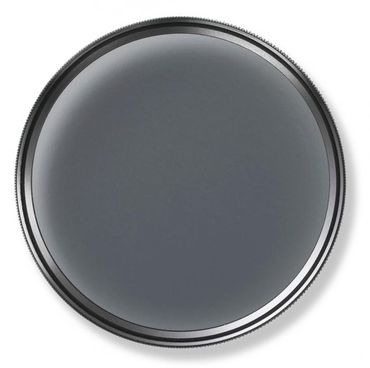

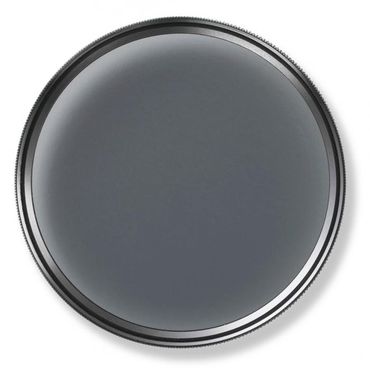
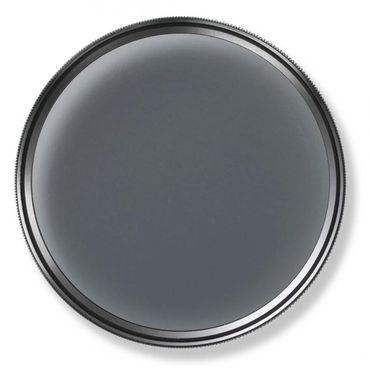

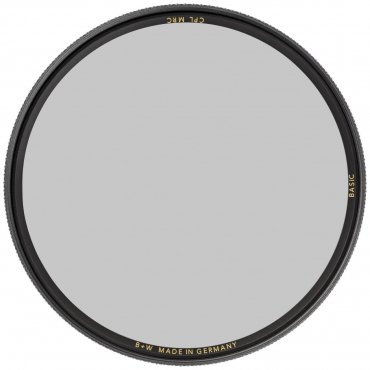
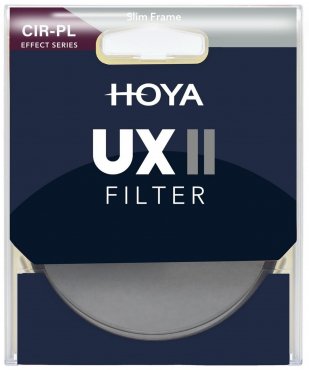
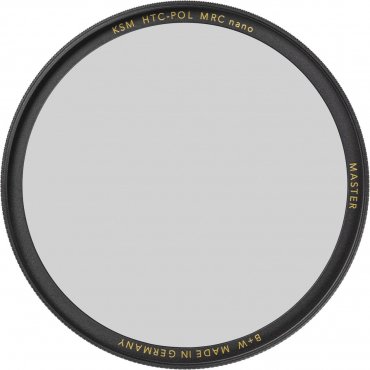
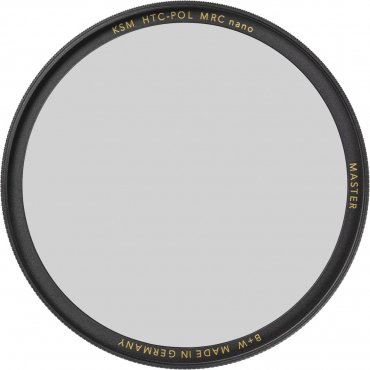
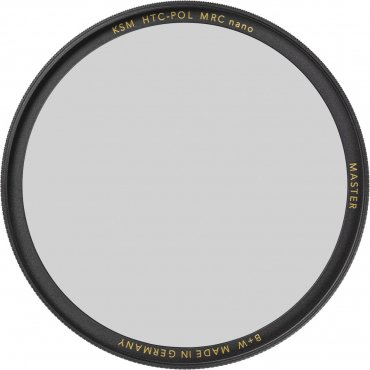
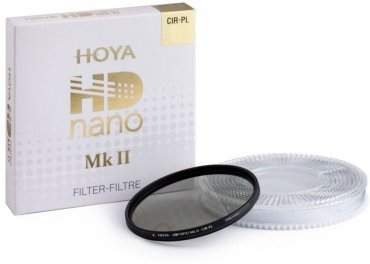
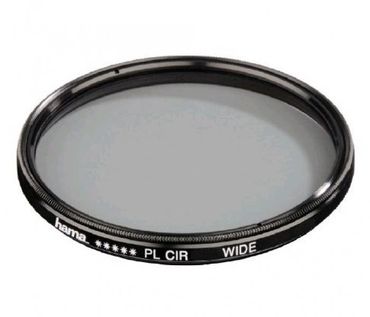
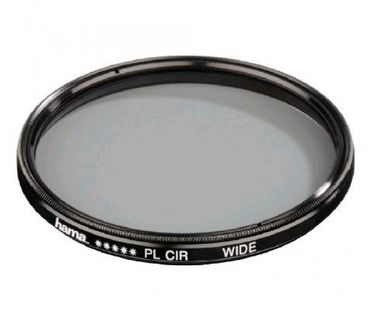

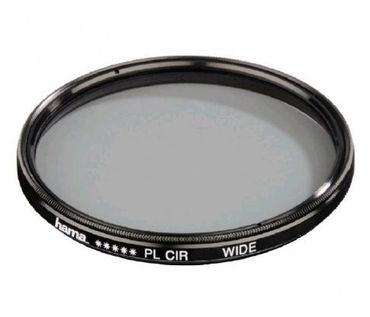

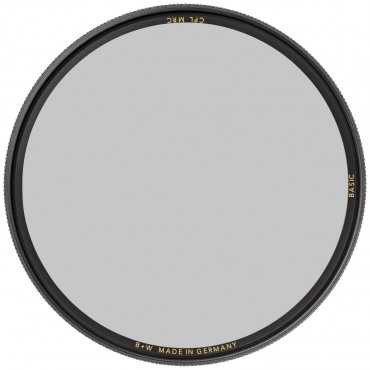
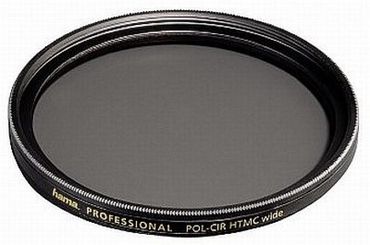

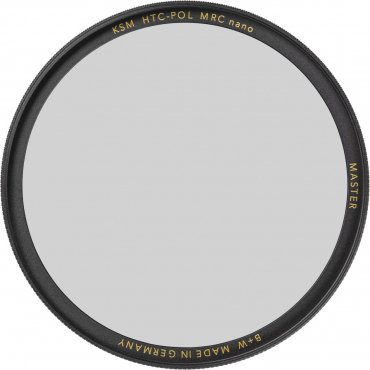
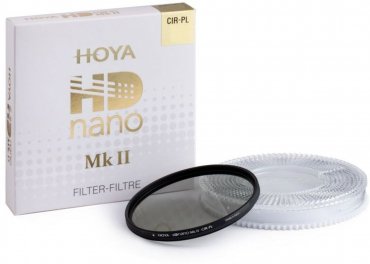
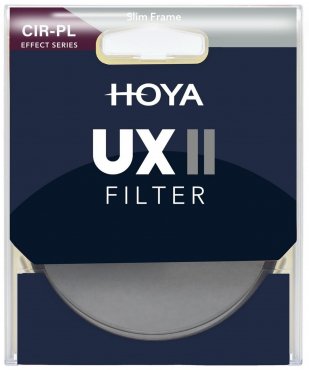
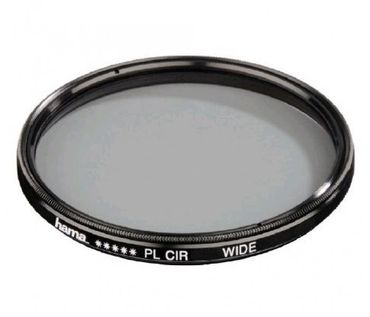
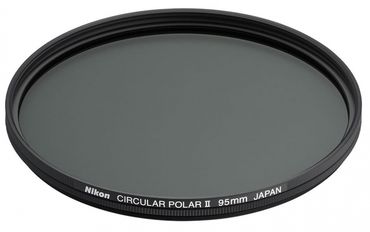
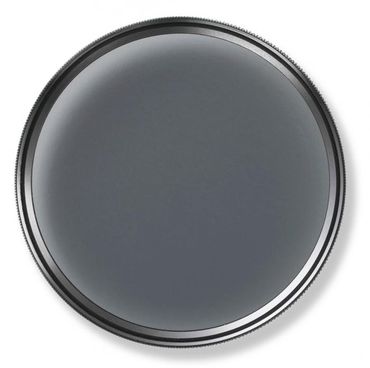


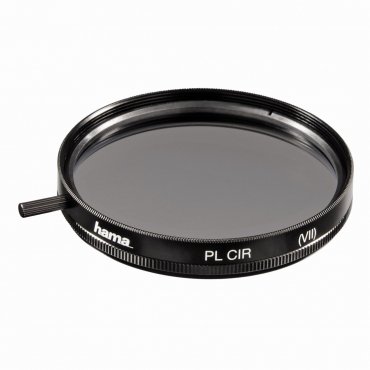
Simply subscribe and benefit as a newsletter recipient every week: